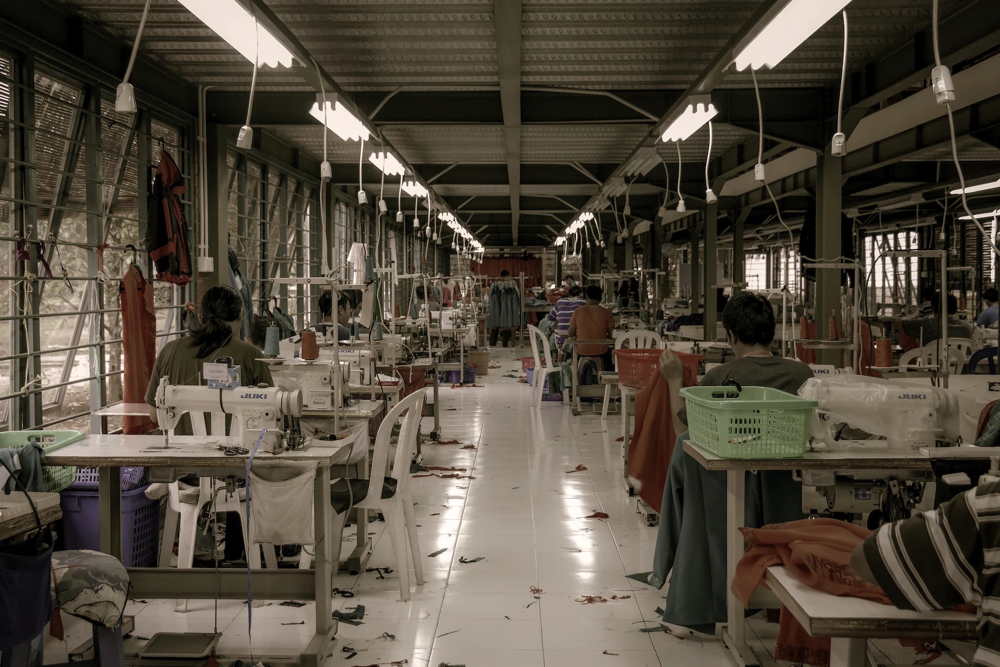
Labor Exploitation | The Shadow Of The Fashion Industry
Have you questioned about how it is possible to purchase a t-shirt with only 5 Euro? It reflects the dark reality of the fashion industry, where garment workers endure harsh conditions to meet consumer demands. This article explains you how.
Luxurious, aesthetics, inspirations, beauty… These are words that come to our mind when we think of fashion. Designers and influencers take the center of the scene and spread the art of fashion. However, there is a shadow behind. Garment workers, who make the whole fashion industry run, working all day and night and bearing the weight of unjust low wages and poor work conditions. The exploitation of garment workers through meager compensation has been a secret of fashion for decades.
According to Dr. Sheng Lu, University of Delaware, Ethiopia, one of the fastest growing garment producers in Africa, offers only $26 as a minimum monthly wage for garment workers as of 2019. This is the lowest minimum wage in the garment industry in the world, and it’s followed by Madagascar ($54), Sri Lanka ($55), and Bangladesh ($63).
The United States offers a monthly minimum wage of $1,160 which is higher than most countries in the world, yet it is still far below the minimum living wage, $1,660. Low wages contribute to permanent poverty cycles, as workers struggle to meet their basic needs and improve their living conditions. It also causes severe income inequality, as the most profits generated goes to the retailers, a few designers, and the factory owners.

GARMENT WORKERS WORK ABOUT 10 TO 12 HOURS A DAY, OR MORE…
According to Clean Clothes Campaign, most garment workers in developing countries work about 10 to 12 hours a day, and the managers pressure them to work even 16 to 18 hours during peak-season, as the deadlines approach. Many of them are also exposed to hazardous chemicals for dyeing and printing fabrics, and overcrowded and unsanitary workplaces, increasing the risk of long-term health issues.
Many Garment-producing countries set minimum wages too low and avoid investing to improve the infrastructure and working conditions to ensure that they are competitive enough to attract foreign investment from Europe and Northern America. Higher minimum wages might cause the relocation of the factories to other countries that offer lower wages.
It’s important to note that these issues are not widely spread across the entire fashion industry, and there are brands that are working to improve labor conditions. However, the problems have always existed in many parts of the industry, and there is not enough transparency provided to us. Brands that prioritize cutting down the cost in their supply chains and follow the extreme fast fashion strategies are required to be more conscious about these unethical labor practices. Sustainability is not only about eco-friendly garments. It is also about people.
Highlight Image: © Joshua Olsen
+ Words:
Yoochan Si
Luxiders Magazine








